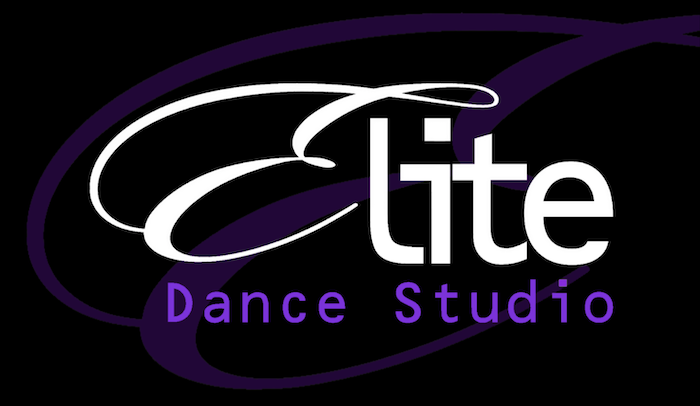Posted by on Apr 1, 2014 in Blogs

Often overlooked in most exercise routines, maintaining flexibility in muscles and joints creates wide-ranging positive effects throughout the body. Conversely, allowing tightness, stiffness and limited range of motion to dictate your body’s limits is a painful way to live. You might not think of it, but one of the many health benefits of recreational and competitive ballroom dance is improved flexibility. Before we discuss how ballroom dancing improves flexibility, let’s touch on why flexibility itself is so important.
The Importance
While at rest or going at full speed, your body relies on the resiliency of its muscles and joints to keep you healthy and feeling comfortable. Increasing your flexibility elongates and relaxes these muscle groups, allowing you to operate at your peak condition for longer intervals. Flexible people not only enjoy greater overall range of motion, but their relaxed muscles and joints also require less effort to move. All of these factors reduce risk of injury and ease everything from daily tasks to major physical exertion. On top of all that, well-maintained flexibility naturally encourages better posture and promotes healthy circulation. With this many advantages, flexibility is clearly key to everyday health and there are few activities as helpful in this as ballroom dancing.
How It’s Done
Two major factors in improving a ballroom dancer’s flexibility are the importance of regular stretching and the diverse motions of ballroom dancing’s many styles. A varied stretching routine is required at all levels of dance, as flexibility cannot be maintained without regular elongation of the body’s key muscles. If stretching is neglected, stiffness and tightness can build up in the body leading to pain, injury and eventually arthritis. Apart from habitual stretching, ballroom dancing also encourages the discovery and practice of many different styles and dances.
From foxtrot to tango, the numerous styles of ballroom dance are themselves comprised of a vast array of full-body motions rarely found in other sport and exercise. These range from long, sweeping movements to rapid, successive bursts, all of which benefit the resiliency and flexibility of often-underused muscle groups and joints. Becoming accustomed to ballroom dancing’s continuous weight shifts and direction changes also aids a dancer in maintaining spine flexibility and balance, which in turn adds to full-body range of motion.
Flexibility is one of, if not the most crucial aspect of joint and muscle tissue health. Relaxed, elongated muscles and resilient joints lead to an easier, more comfortable day-to-day life and longer, more effective physical activity. Ballroom dance not only places an importance on flexibility, but also helps improve and maintain it more than most typical exercise. Considering such benefits, it is obvious that ballroom dancing is a commitment to improving one’s health exponentially.
For more information check out our related blogs on warming up for dance class and stretching to improve flexibility.

